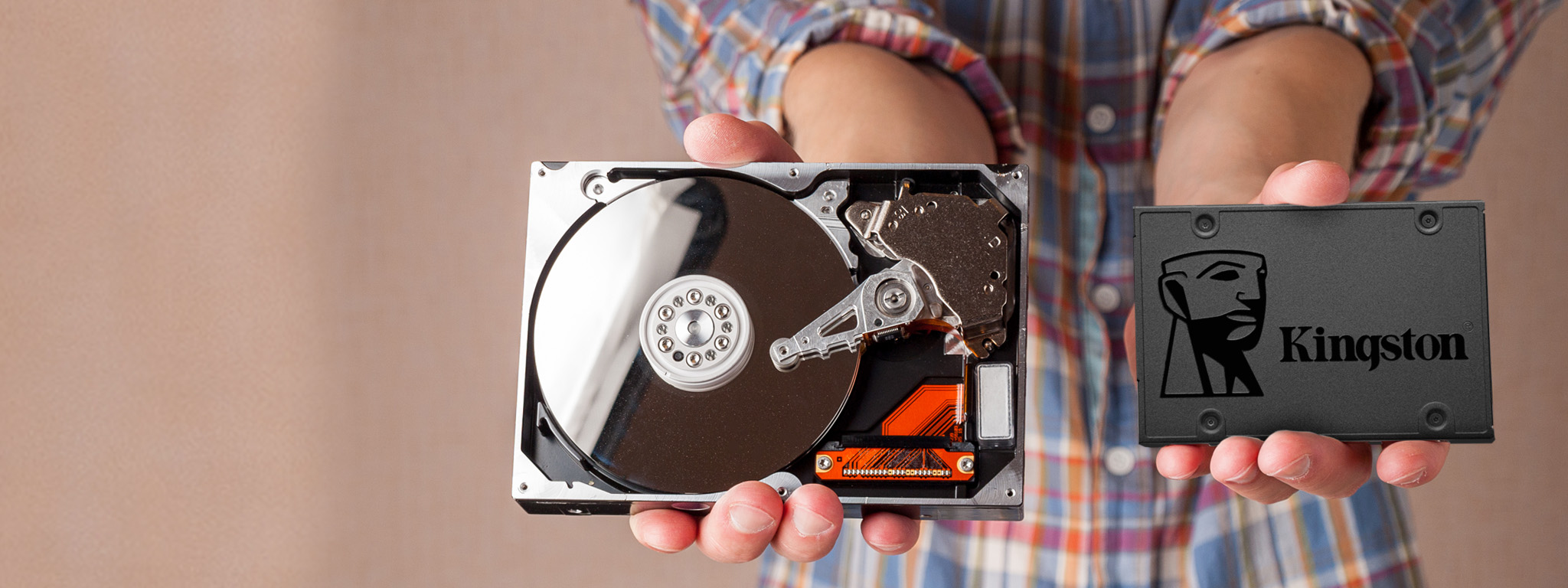

Solid-state drives don’t typically give you as much of a speed increase on writing as they do on reading. So that fact is something to consider, and it’s useful for deciding what to put where, when you also have a traditional hard disk. The more often you write to it, the more it wears out. The problem is that flash memory wears out. To say we don’t like it is a bit rough because solid state drives are typically much better than the flash memory you’ll find in a USB stick, but it’s something to consider. Remember what we don’t like about solid-state drives, and that is flash memory.

Writing to flash memory wears it out, but… And again, they all load nice and quickly. They take up 98 GB, so I’ve got plenty of room. I have several very large programs including things like World of Warcraft, and they’re all installed on my solid-state drive. A 250 GB SSD should be plenty unless you’re doing something really huge.įor example, I’m running Windows 8.1. Typically, that means you’d install Windows as well as all of your applications to the solid state drive. Specifically, speed when reading data from a solid-state drive is significantly faster than from a traditional magnetic hard disk, so the things that you need to read often are best placed on the solid-state drive. You can, of course, do whatever you really want and it will probably work just fine, but here’s the approach that I would take.įirst, remember why we like SSDs: speed. I’m not really sure by what you mean by IEE HD, but I do have some ideas on how to set this thing up.


 0 kommentar(er)
0 kommentar(er)
